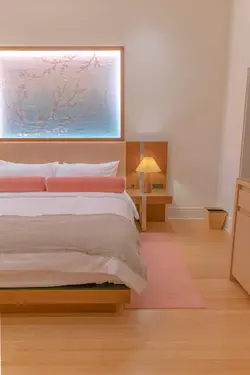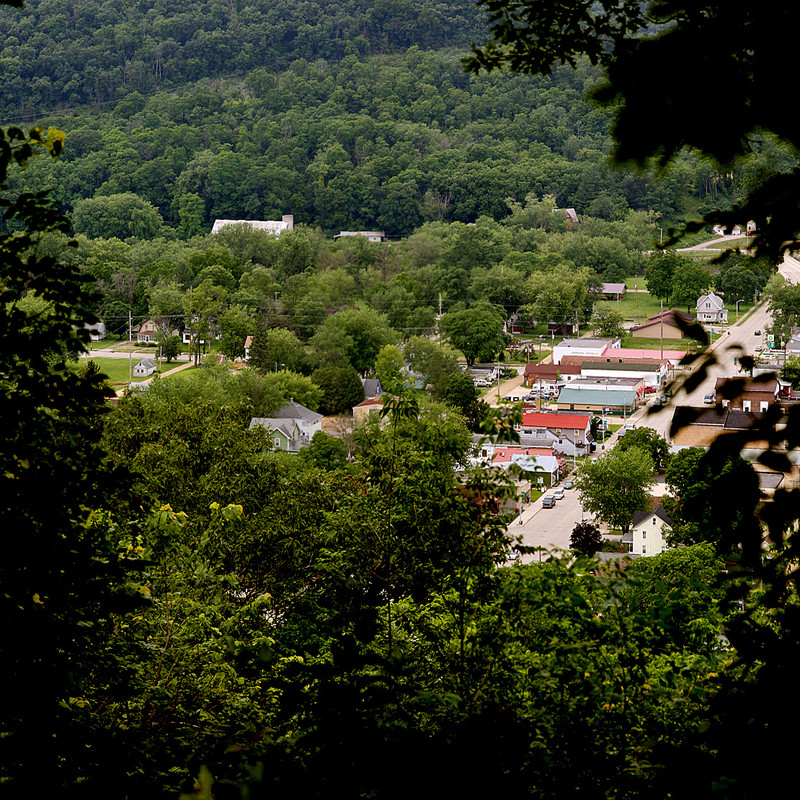You'll get less distortion with more images and a more "normal" lens. As someone above wrote, stitching software has more trouble with the curved perspective of a wide or fisheye.
Here's one more, FREE, IrfanView, go to
Image ->
Create Panorama image to open the
Create panorama image window (follow the guided instructions) Otherwise, ICE, Lightroom, Elements, Affinity, Photoshop, I don't know what you have. All of those will work.
Here's another tip for making the sets easier to merge. Set the focus on the main subject and MANUAL. Set the camera exposure to the main subject or a choice that has enough latitude for the whole image, and shoot manual. Everything manual.
Depending on your camera and lens, if you don't do the shots manual, the white balance will change, the focus point will change and if the exposure is different, you will have light and dark streaks (potentially) between the images. If the pictures are all identical, they will stitch more evenly and look better, without a lot of complicated editing.
Take more images all the way past the edge of what you want, so you have extra crop room. The example you used, I'd start with 3 high and 4 wide, overlapping around 33%, as the minimum number of images. More images, with a more standard lens, will give you more detail, and a larger combined/stitched image. When reduced it's even better.
This one is only 8 images, 105mm, and downsized, but later years, I started making 14-16 shots to combine.





















